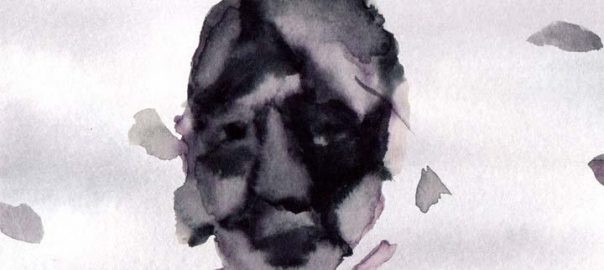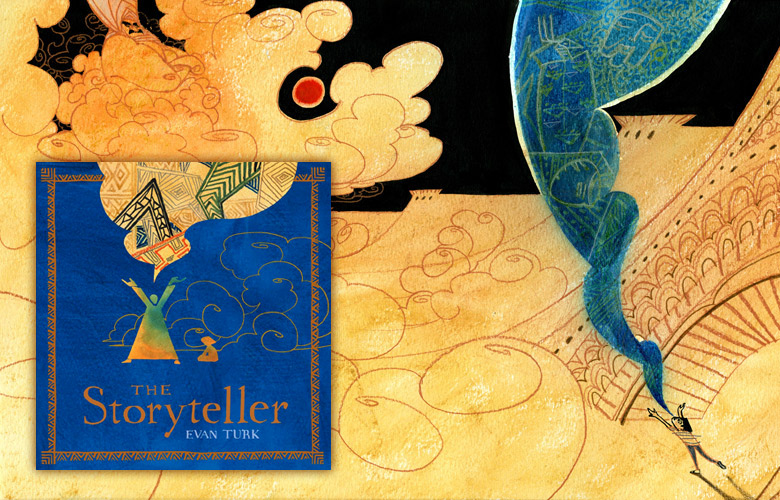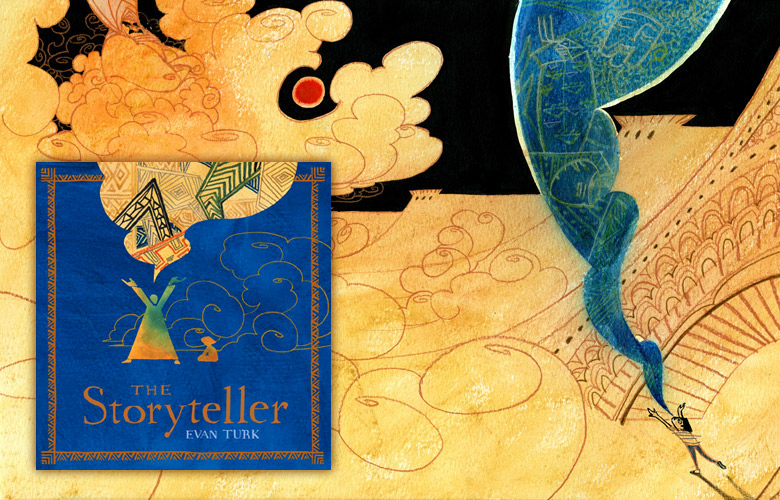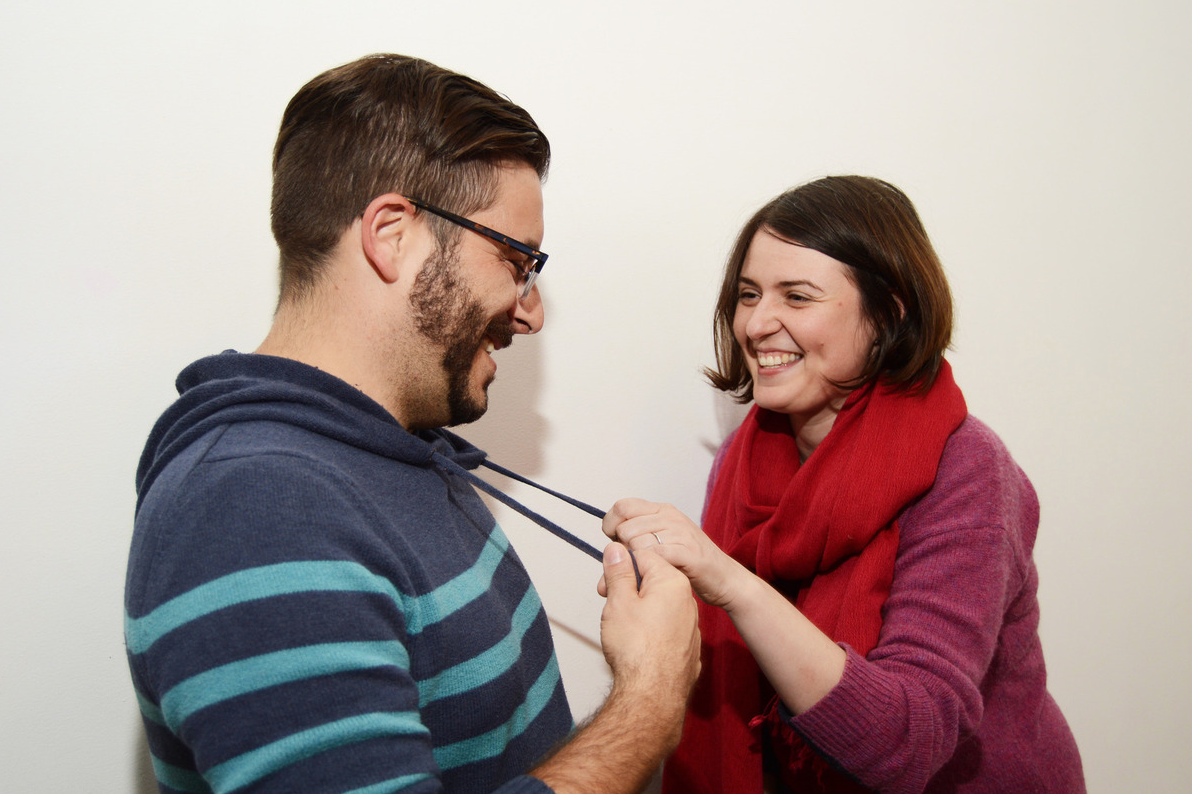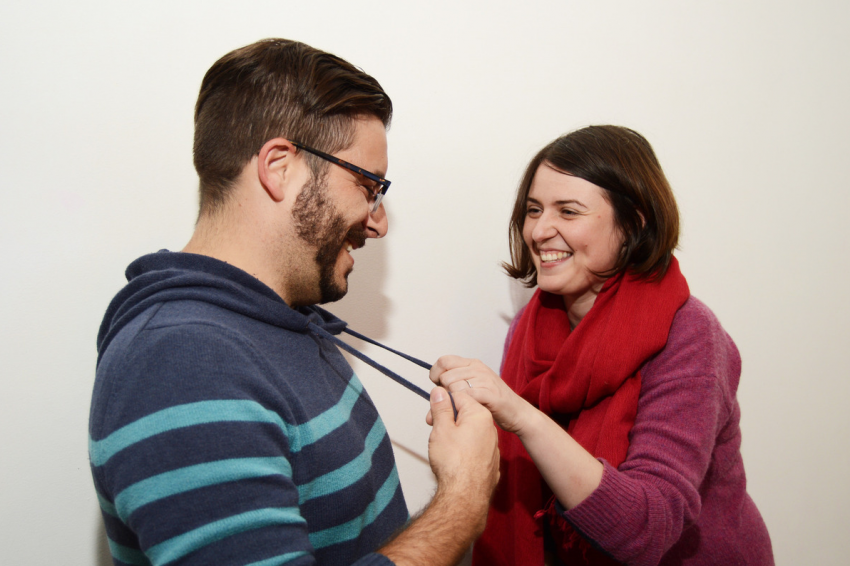Joe Hwang is a recent graduate of Parsons BFA Illustration program. The work pictured here is from his thesis project.
The Q&A: Joe Hwang
By Peggy Roalf Monday, July 24, 2017
Q: Originally from South Korea what are some of your favorite things about living and working in the New York area?
A: I lived in Seoul, South Korea till 2010. In the summer of that year, I came to New York to study art. New York has much to see. I like wandering around the city, especially West Village and Upper East Side, watching people and the cityscape. I like those two neighborhoods because there are many elderlies, which is the main subject of my work. To me, elderlies in New York City are like beautiful historic buildings that have aged well. I also like that they have their own styles and live at their own pace, balancing out the overall pace of the city against the fast pace of younger generations.
Q: Do you keep a sketchbook? What is the balance between art you create on paper [or other analog medium] versus in the computer?
A: I use the back of used copy paper for sketches. Most of the times, I first sketch on paper, scan it to my computer, and work on it digitally in Adobe Illustrator. To me, both paper sketches and digital paintings are equally important. In the paper sketch process, I draw objects in detail, learning characteristics of them. In the digital process, I try to simplify the objects, leaving only the essence. I like digital painting because of the vividness in color and its cleanness. Meanwhile, I also make paintings based on my digital works because I also like working in the traditional way.

Q: What is the most important item in your studio?
A: My iPhone. I take lots of photos of people with it, which is the first stage of my work process.
Q: How do you know when the art is finished?
A: When I feel that the image I had in my head has been fully rendered.
Q: What was your favorite book as a child? What is the best book you’ve recently read?
A: The Insect World of J. Henri Fabre. He was a man of curiosity, wanting to know everything about insects. It was interesting that insects could be appealing to someone, instead of scary or gross. For a while, I wanted to be an entomologist. Recently, I mostly read the Bible.
Q: If you had to choose one medium to work in for an entire year, eliminating all others, what medium would you choose?
A: Acrylic paints. I like matte and fluid type acrylics because I like my paintings flat and bold.

Q: What elements of daily life exert the most influence on your work practice?
A: I try to go out every day. I like walking around the city, watching people and taking photos of elderlies I like. Elderlies with great style or interesting look are my inspiration for my work.
Q: What was the [Thunderbolt] painting or drawing or film or otherwise that most affected your approach to art?
A: I am very interested in fashion, so I get inspired by works in which fashion plays a big part. I especially like classic style and vivid colors in clothing such as the ’60s and ’70s styles and preppy style.
I like films from those years because I like what actors are wearing and the atmosphere in them. Breakfast at Tiffany’s is my favorite movie. In it, the styles of actors, scenes of New York City, and music by Henri Mancini make a perfect harmony. I also like Jean-Pierre Léaud’s style from the movie Stolen Kisses.
When I look at Alex Katz’s portraits, I get a similar impression. I like the combination of the classic style of models he portrays and the vivid and bold colors he uses. Even when I was in kindergarten, I think I was influenced by the style of Mr. Rogers’ style from his show Mr. Rogers’ Neighborhood. Especially, his closet filled with colorful cardigans was a big inspiration for me. I try to reflect those in my illustrations and paintings.
Q: Who was the [Thunderbolt] teacher or mentor or visiting artist who most influenced you early in your training or career?
A: When I was a kid, my mother and I would draw characters from commercial products and shows such as the man on the Pringles ads, Tony the Tiger on Frosted Flakes, and Chester on Cheetos. She is not an artist by profession, but she is fond of the arts. Also many relatives from my maternal family were artists: singer, fashion model, artist, etc. Watching their artistic activities laid a foundation of how to approach arts.
One day when I was a student at Parsons, I was struggling with a design for a postcard competition. My wife, who was my girlfriend at the time, saw me struggling and said, “Why don’t you use your sense of color and humor?” That was a lightening moment for me. I immediately came up with an idea for the design and finished it within a few hours. I even won the competition. The design was used for holiday cards by Aid for AIDS that year. From that moment on, that is my motto: to use my sense of color and humor.
Some of my teachers at Parsons were also good mentors, especially Noël Claro and Jordin Isip. They helped me broaden my perspective in illustration.
Q: What would be your last supper?
A: Anything with my wife.
Joe Whang is an artist and illustrator, born in Seoul, Korea and living in Jersey City, NJ. He graduated form Parsons School of Design with a BFA in Illustration. He is fond of vintage clothing and items. He likes to illustrate elderlies. His works have been recognized by Society of Illustrators, American Illustration, 3×3 Magazine, Applied Arts Magazine, and World Illustration Awards.
Website: http://www.joewhang.com/
Instagram:https://www.instagram.com/joestudy/
Upcoming Exhibitions
World Illustration Awards Exhibition at Somerset House, London. July 31 – August 28, 2017 Info
Group Exhibition Melted City 4 at RISD, July 22 – August 4, 2017 Info
